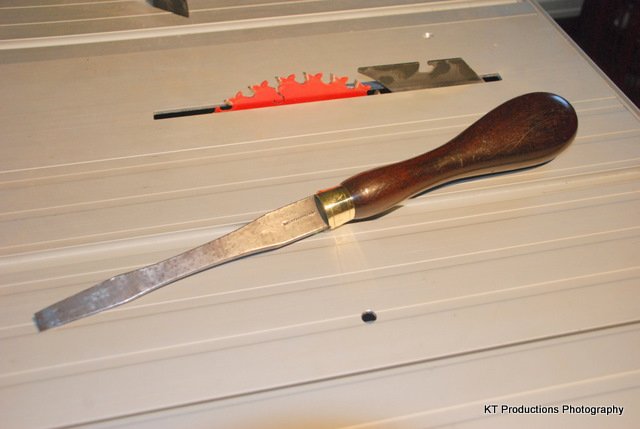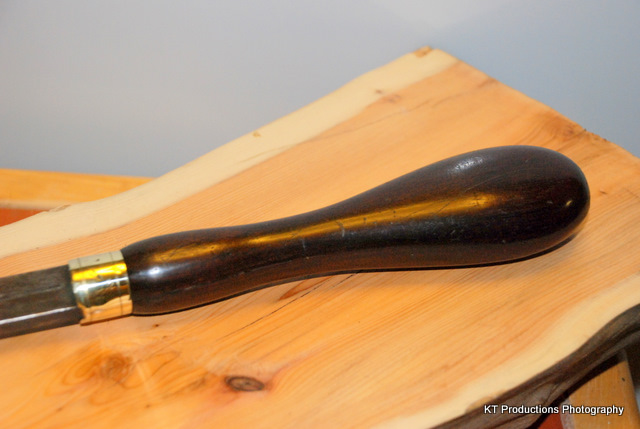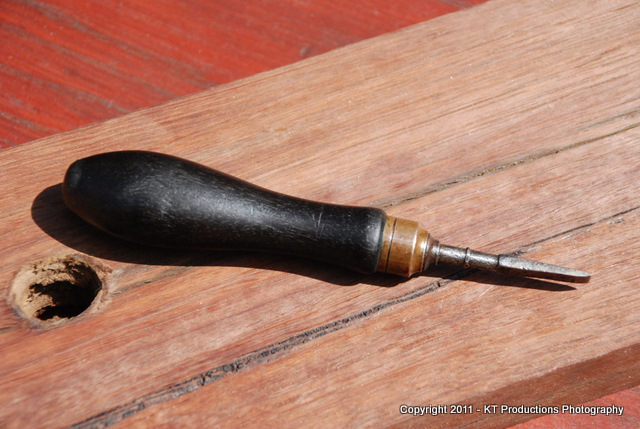Fromey
Established Member
I really like the look of cabinetmaker's screw drivers and am buying one with every Axmninster order I make;
http://www.axminster.co.uk/crown-crown- ... prod21762/
But so far, I've not found any explanation as to why they are shaped the way they are. Not even Aldren Watson (Hand tools; Country Furniture) can tell me. Is it simply a historical artefact of the way they were made, now left simply for aesthetics?
http://www.axminster.co.uk/crown-crown- ... prod21762/
But so far, I've not found any explanation as to why they are shaped the way they are. Not even Aldren Watson (Hand tools; Country Furniture) can tell me. Is it simply a historical artefact of the way they were made, now left simply for aesthetics?






































